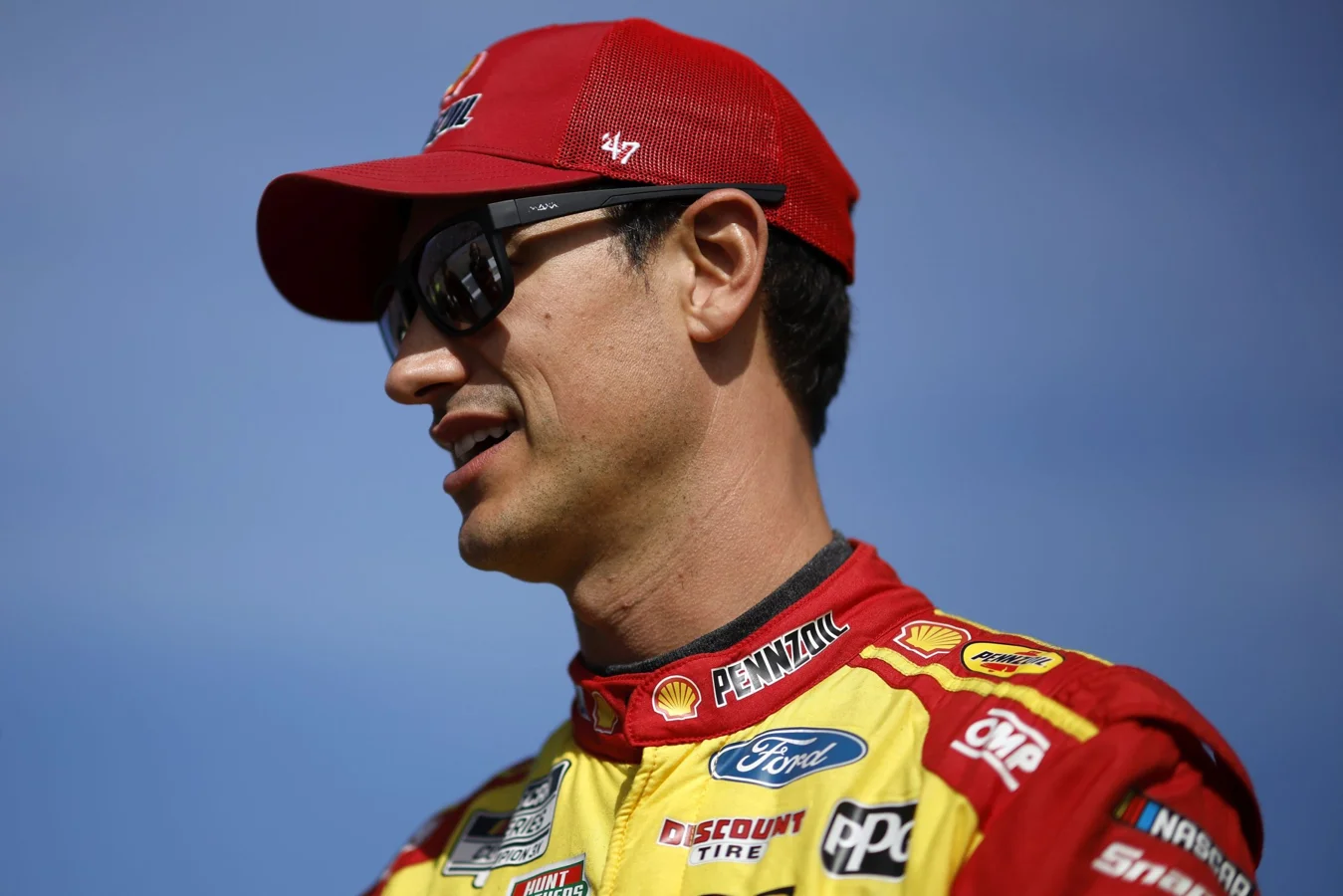The ongoing conversation about how teammates should race each other in NASCAR intensified after recent high-profile clashes, with Joey Logano sharing candid insights just ahead of the Charlotte Roval. This debate, sparked by a confrontation between Ty Gibbs and Denny Hamlin and Hamlin’s tense wheel-to-wheel action with Bubba Wallace in Kansas, raises complex questions about balancing team loyalty and personal ambition.
The Unique Pressure of Competing Teammates
While Denny Hamlin stands firm that non-playoff drivers ought to support those still in contention, Ryan Blaney of Team Penske had previously claimed no squad manages the tension of racing among teammates better than his own. Joey Logano, a prominent Team Penske driver, has offered his thoughts on the matter, bringing both personal experience and a broader perspective on the challenges involved.
Reflecting on the reality of intra-team competition in motorsports, Joey Logano said,
“I honestly feel like it’s one of the most challenging relationships that you can ever go through because when you think about other team sports, you’re on the same team. That team wins together. In this case, you’re on the same team, but only one of you gets to win. It gets really confusing.”
— Joey Logano, Driver
He expanded further,
“One win is good for everybody, and there’s truth to that. I’ve seen that over my years of driving how your perspective changes over the years. When you first come in, it’s me, me, me, me, me, and then you kind of eventually see the big picture, if you do it long enough, how the whole ecosystem is really created and how it is good for everyone to see victory at Team Penske or whatever respective team that may be… It’s just unique. I have never seen anything like it in my time.”
— Joey Logano, Driver
The Balance Between Team Spirit and Individual Goals
Despite a shared sense of purpose within teams like Team Penske, Logano highlighted that only one driver claims the ultimate prize each race — the victory, points, and rewards. Each car is supported by its own dedicated crew chief, engineers, and pit crew, emphasizing a division that makes the dynamic between teamwork and individual pursuit particularly difficult.

Logano described the internal relationship as challenging, with the need to navigate that delicate boundary day in and day out. The pressure can stretch partnerships to their limit, as each competitor aims for the top while being mindful of the collective goal.
Ryan Blaney has said before that Team Penske makes a point of discussing possible scenarios before race day, striving to minimize confusion and on-track incidents between their own cars. Austin Cindric, another Penske driver, has argued that racing against teammates is actually the easiest scenario. Logano, though, recognized the benefits of preparation, noting they go over every possible scenario and, in his words, “a lot of what-ifs.” Familiarity can help, but he stressed that even after years working together, the drive to win never fully yields to camaraderie because expectations from fans remain high.
High Stakes and Sportsmanship on the Track
Ultimately, according to Logano, “one teammate better win” — a straightforward verdict on the high-stakes world of NASCAR. He referenced the previous season’s finale in Phoenix, where he and Blaney battled closely for the championship. In that race, both raced hard but fair, managing to avoid conflict while giving fans a thrilling show. The outcome was clear: Logano stepped away with the trophy, while Blaney claimed the runner-up spot, demonstrating how mutual respect and intense competitiveness can, at their best, coexist on the biggest stages.
The Ongoing Challenge and What Lies Ahead
The complexities outlined by Joey Logano shed light on why the debate over how teammates race — especially in high-pressure situations like the playoffs — continues to spark passionate discussion. As the NASCAR season progresses and races like the Charlotte Roval bring additional stakes, Logano’s remarks will likely inform ongoing team strategies as drivers strive to balance personal ambition with the larger goal of organizational success. The tension between unity and rivalry remains, creating some of the sport’s most captivating storylines for fans and competitors alike.
